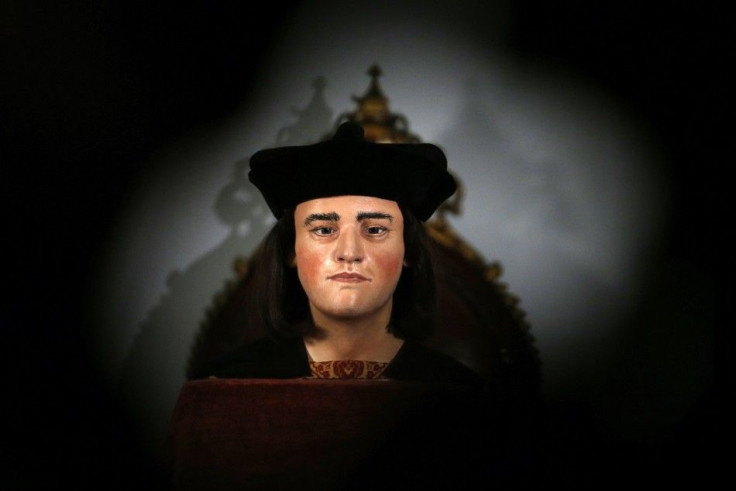DNA Analysis of King Richard III’s Bones Raises Questions Over Queen Elizabeth II’s Ancestry [VIDEO]

The findings on the DNA of Richard III have raised questions on Queen Elizabeth II’s ancestry. Two years after researchers from the University of Leicester found and excavated the king’s body, the DNA tests have revealed that someone from the royal line might be illegitimate.
In 2012, a human skeleton that was believed to be Richard III’s remains was exhumed beneath the Greyfriars church choir. Overwhelming evidence suggested that it was indeed the last Plantagenet king’s body.
After exhaustive genetic and genealogical analysis in the case of King Richard III, the researchers have discovered secrets from the past, including what the king really looked like. As Dr Turi King and Professor Kevin Schurer have found out, Richard III likely had blond hair and blue eyes, and was not a hunchback, though he had slight deformity that didn’t visibly affect his appearance.
They also found a break in the male line of his family tree, which means that someone from his line had a different father. They just don’t know who exactly as they only relied on the DNA comparisons of the royal family’s living descendants. They took genetic materials from two female-line descendants of Anne of York, the king’s sister.
The analysis showed that while the DNA passed down on the maternal side matches the living descendants’, the DNA passed down on the male side does not. It is possible that someone in the line was unfaithful, and had given birth to another man’s child.
“During the Y-chromosome work, I found out that there wasn’t a link between Richard III and the male relatives who are alive today,” Dr King said.
“The break, however, does raise other questions, more of a historical nature than is this skeleton Richard,” Professor Schurer added. “Depending which link in the chain is broken, and of course there’s a possibility that there’s more than one break, this asks questions about the Plantagenets and indeed the claims to the throne of both the Houses of York and Lancaster.”
He admitted that statistically, the chances are low that it would affect the royal lineage, though he added that it would be worthwhile to investigate where the break occurred.
If the break occurred close to the top of the family tree, it would affect the family line of the Tudors, Stuarts and Windsors. The current queen traces her ancestry back to Henry VII, the founder of the Tudor dynasty who claimed that he was a descendant of John of Gaunt. If the break in the chain was in the top line, and it’s proved that John of Gaunt was not Edward III’s son, the whole Tudor dynasty’s claim to the throne would be in question.
Richard III died at just 32 at the Battle of Bosworth in 1485. He had no direct descendants since his son Edward died before him. His rumoured illegitimate children also died without issue.





















